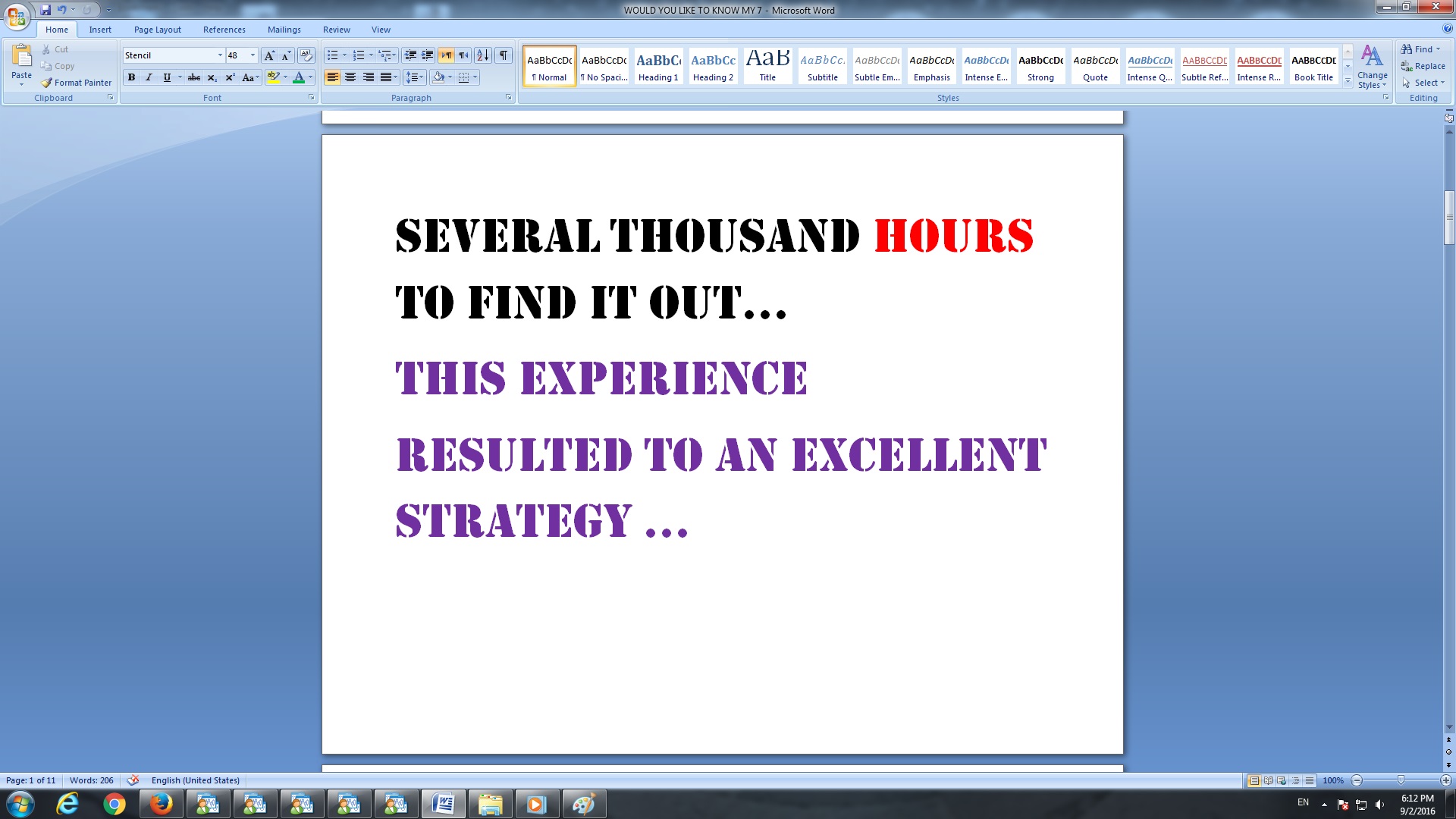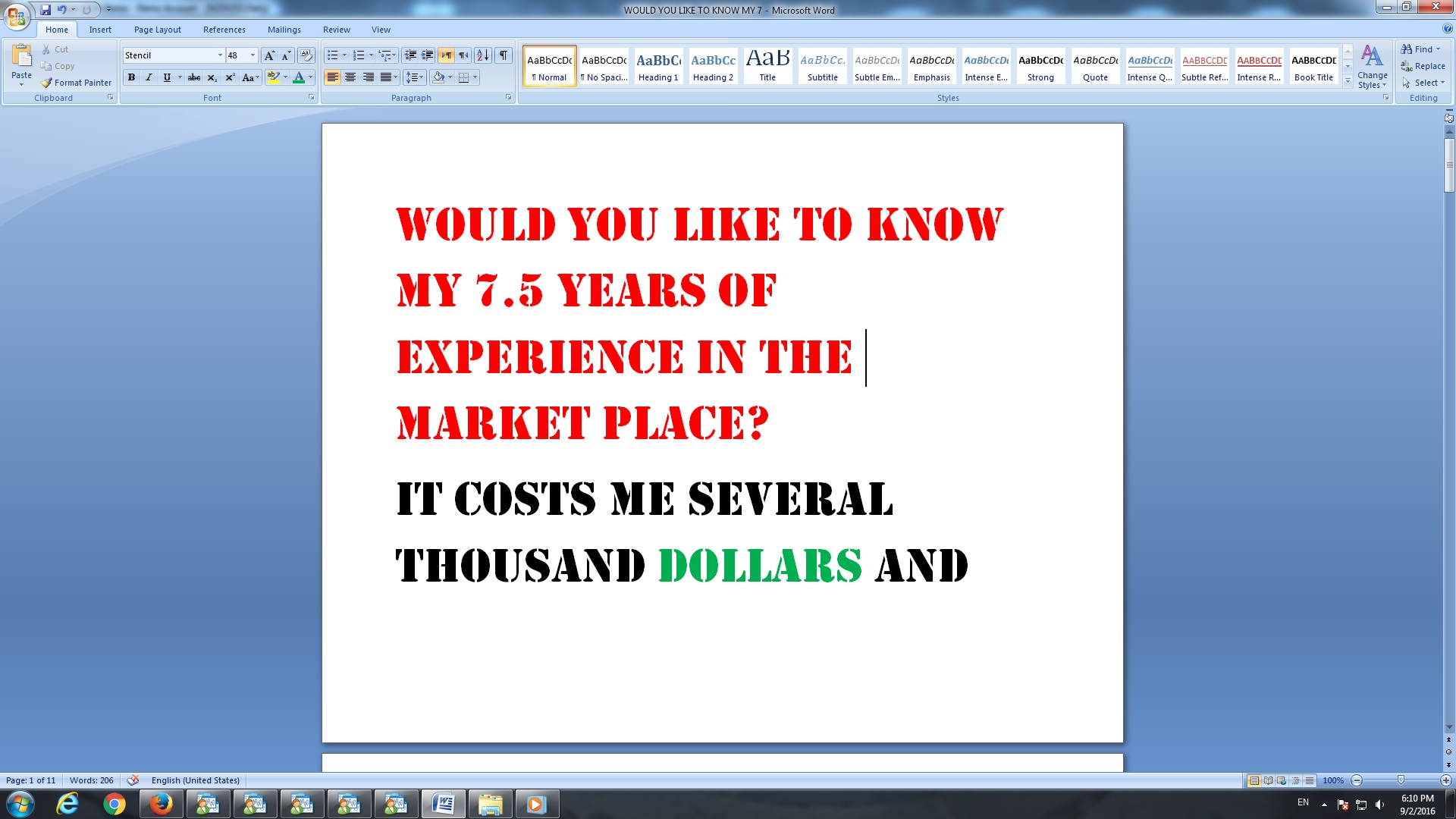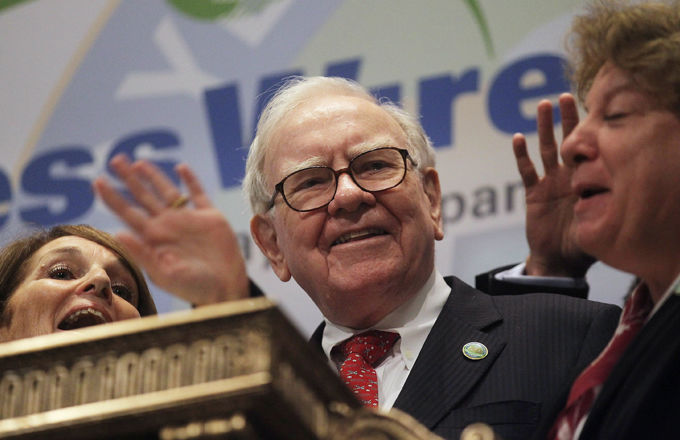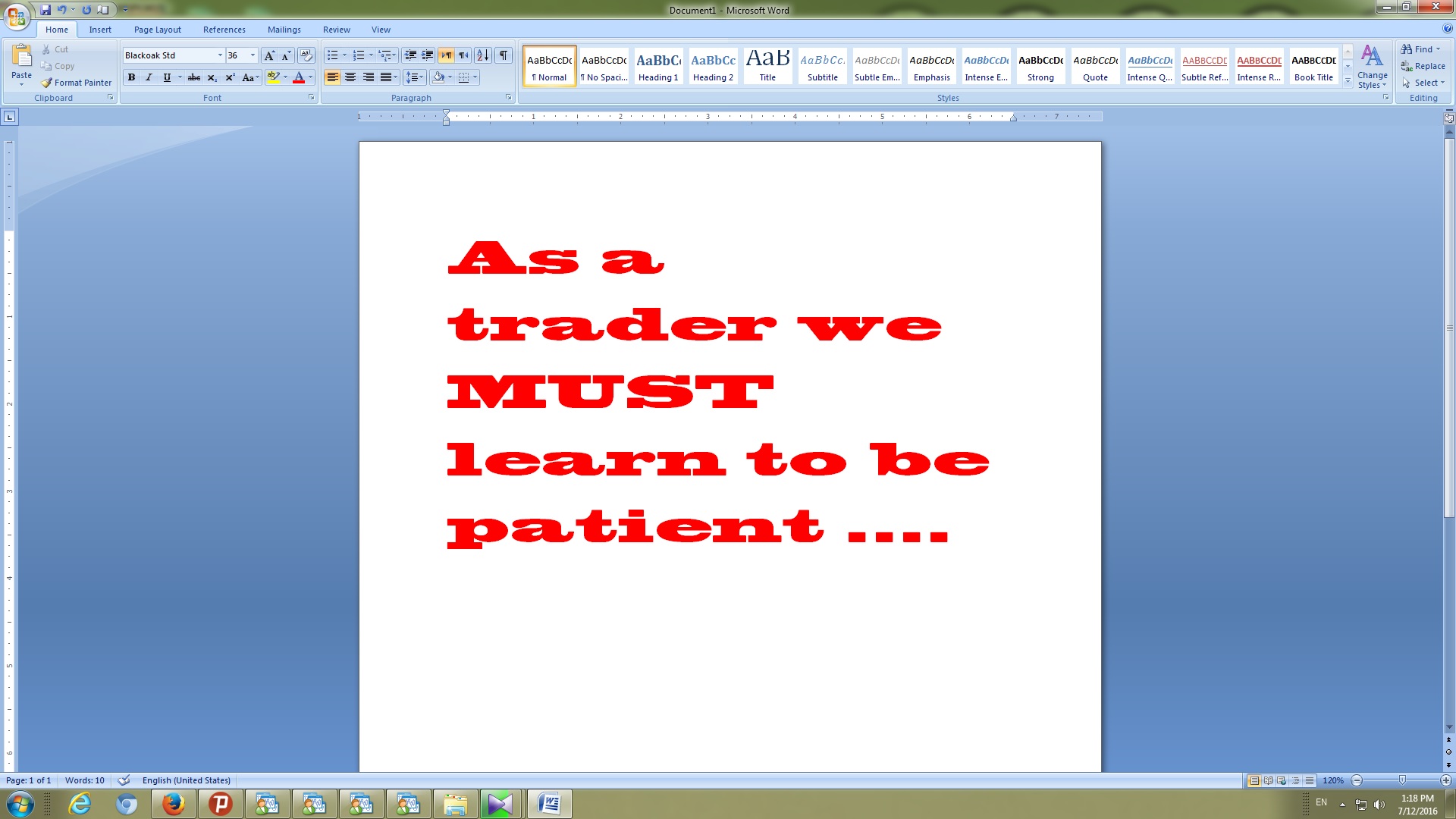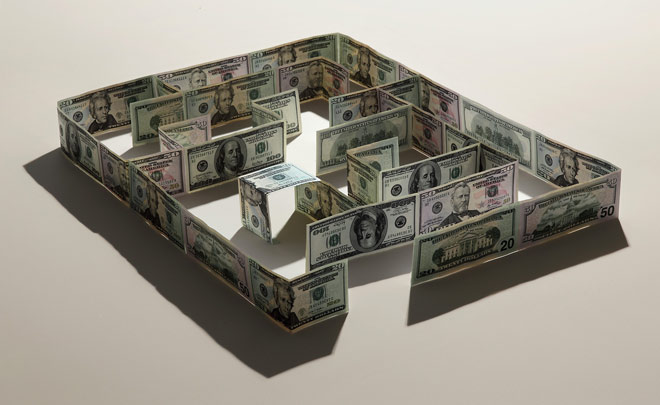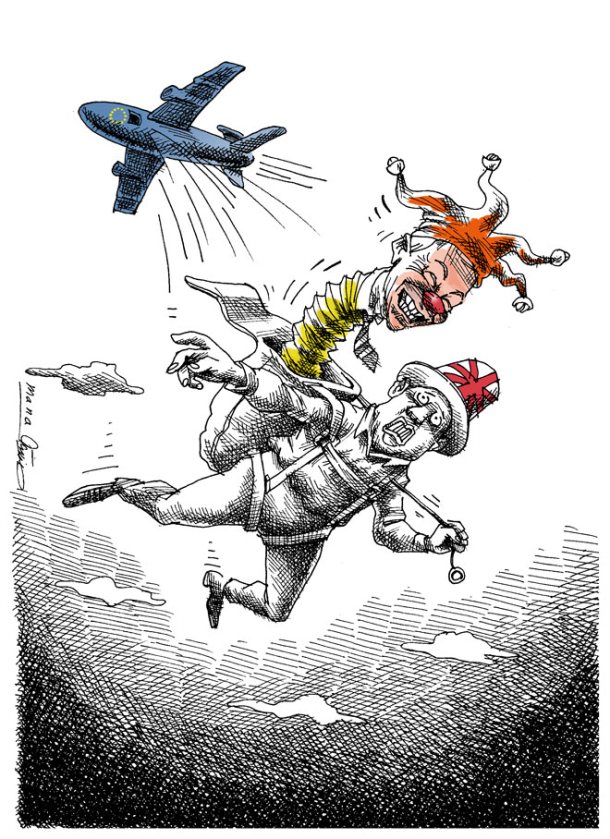Seyedmajid Masharian / Perfil
forex trader
em
home
Seyedmajid Masharian

What Is The Real Monetary Value Of The Rio Olympics Gold Medal?
http://www.forbes.com/sites/anthonydemarco/2016/08/05/what-is-the-true-value-of-the-rio-olympics-gold-medal/#8d1ee4356f33
http://www.forbes.com/sites/anthonydemarco/2016/08/05/what-is-the-true-value-of-the-rio-olympics-gold-medal/#8d1ee4356f33

Seyedmajid Masharian

Top 10 Forex money management tips
http://www.admiralmarkets.com/education/articles/forex-strategy/top-10-forex-money-management-tips
http://www.admiralmarkets.com/education/articles/forex-strategy/top-10-forex-money-management-tips

Seyedmajid Masharian

4 Habits of Undisciplined Forex Traders
For many traders who struggle with inconsistency, the problem isn't in their strategy, it's a lack of discipline, says Rick Wright of Online Trading Academy. Here are four common mistakes made by undisciplined traders that produce unfavorable results and oversized losses.
I once had an interesting conversation with a couple of forex traders. The interesting part was that it was the same conversation I've had with dozens of traders from around the world, be it in class, in an airport, or even listening to a cab driver tell me about his trading.
The conversation starts the same way: "I know a lot about trading/charts, but I'm not consistently profitable." My response is always along the lines of, "Are you disciplined?" and "How are you defining 'consistency'?"
Let's look at discipline first.
Many people say-or think-that they are disciplined, but there is one way we can easily tell for sure. What is the profit and loss total in your account? If you "know a lot about trading" and your profit and loss (P&L) is negative, or red, over time, you are not a disciplined trader.
Your computer monitor is like a mirror, showing you your true discipline level. Every professional trader will take losses, but these losses are small. Some pros take frequent, very small losses, while others take less frequent but slightly larger losses, but regardless, taking only small losses is how we stay in this business.
Here are some ways that traders show their undisciplined side:
Do you plan all three parts of the trade before you hit the buy or sell button? This means knowing where you will enter the trade, exit with a small loss, and exit with a larger gain. If you don't know all three parts of the trade ahead of time, you are doing it wrong.
If there "isn't enough time to figure those out, because it's moving now," you missed the good entry. Are you buying after several large green candles, or selling after several large red candles? You are late to that trade and must be disciplined and wait for the next one!
Do you leave your stop loss alone, never moving it in the wrong direction? Meaning if you planned to take a 20-pip stop loss, do you move it to 30 or 40 pips to stay in a trade that is going against you? This is changing your original plan, and one of the biggest mistakes that non-disciplined traders make.
Do you add more to a losing trade? This is commonly called "averaging down." It is also known as "throwing good money after bad." A very famous and successful trader has a sign over his desk that reads "Losers Average Losers."
Similar to number two, do you start a trade as a short-term trade, then decide to hold it as an "investment" because it isn't working out? I had a student who once said, "I haven't taken a loss in months." Sounds like he must be doing great, right? So, of course, I asked what he had in his account. It was entirely margined out on stocks that he was losing money on. He hadn't taken his small losses, and was now "stuck" in several losing trades because of it.
As we like to say in class or in the Extended Learning Track (XLT) program, trading is simple, just not easy. The difficulty comes in being disciplined enough to take the small losses and to let your winners run.
Your computer monitor will definitely be the mirror of your personal trading discipline! The best traders will quickly take their small losses and happily manage their winning trades until their profit targets are achieved. Simple, isn't it?
http://www.moneyshow.com/articles/currency-25668/4-habits-of-undisciplined-forex-traders/
For many traders who struggle with inconsistency, the problem isn't in their strategy, it's a lack of discipline, says Rick Wright of Online Trading Academy. Here are four common mistakes made by undisciplined traders that produce unfavorable results and oversized losses.
I once had an interesting conversation with a couple of forex traders. The interesting part was that it was the same conversation I've had with dozens of traders from around the world, be it in class, in an airport, or even listening to a cab driver tell me about his trading.
The conversation starts the same way: "I know a lot about trading/charts, but I'm not consistently profitable." My response is always along the lines of, "Are you disciplined?" and "How are you defining 'consistency'?"
Let's look at discipline first.
Many people say-or think-that they are disciplined, but there is one way we can easily tell for sure. What is the profit and loss total in your account? If you "know a lot about trading" and your profit and loss (P&L) is negative, or red, over time, you are not a disciplined trader.
Your computer monitor is like a mirror, showing you your true discipline level. Every professional trader will take losses, but these losses are small. Some pros take frequent, very small losses, while others take less frequent but slightly larger losses, but regardless, taking only small losses is how we stay in this business.
Here are some ways that traders show their undisciplined side:
Do you plan all three parts of the trade before you hit the buy or sell button? This means knowing where you will enter the trade, exit with a small loss, and exit with a larger gain. If you don't know all three parts of the trade ahead of time, you are doing it wrong.
If there "isn't enough time to figure those out, because it's moving now," you missed the good entry. Are you buying after several large green candles, or selling after several large red candles? You are late to that trade and must be disciplined and wait for the next one!
Do you leave your stop loss alone, never moving it in the wrong direction? Meaning if you planned to take a 20-pip stop loss, do you move it to 30 or 40 pips to stay in a trade that is going against you? This is changing your original plan, and one of the biggest mistakes that non-disciplined traders make.
Do you add more to a losing trade? This is commonly called "averaging down." It is also known as "throwing good money after bad." A very famous and successful trader has a sign over his desk that reads "Losers Average Losers."
Similar to number two, do you start a trade as a short-term trade, then decide to hold it as an "investment" because it isn't working out? I had a student who once said, "I haven't taken a loss in months." Sounds like he must be doing great, right? So, of course, I asked what he had in his account. It was entirely margined out on stocks that he was losing money on. He hadn't taken his small losses, and was now "stuck" in several losing trades because of it.
As we like to say in class or in the Extended Learning Track (XLT) program, trading is simple, just not easy. The difficulty comes in being disciplined enough to take the small losses and to let your winners run.
Your computer monitor will definitely be the mirror of your personal trading discipline! The best traders will quickly take their small losses and happily manage their winning trades until their profit targets are achieved. Simple, isn't it?
http://www.moneyshow.com/articles/currency-25668/4-habits-of-undisciplined-forex-traders/
Pg Md Radzuan Pg Hashim
2016.08.10
I agree with this article, and now i have improved my trading skills , 99% win with over 1600 trades:)
Seyedmajid Masharian
Three Ways To Gauge Volume in the Forex Market
http://www.smbtraining.com/blog/3-ways-to-gauge-volume-in-the-forex-market
http://www.smbtraining.com/blog/3-ways-to-gauge-volume-in-the-forex-market
Seyedmajid Masharian
WOULD YOU LIKE TO KNOW ONE OF MY BIGGEST EXPERIENCES DURING 7.5 YEARS OF TRADING ....
DO NOT MAKE ATTENTION TO ANY CHART BELOW D1...
AS SOON AS YOU SWITCH TO BIGGER TIME FRAMES LIKE D1 AND WEEKLY YOU WILL BE APPROACHING
TO MAKE A CONSISTENT LOW RISK PROFITS MONTH AFTER MONTH...
http://www.learntotradethemarket.com/forex-currency-trading-blog/trading-higher-time-frames-in-forex-trading
DO NOT MAKE ATTENTION TO ANY CHART BELOW D1...
AS SOON AS YOU SWITCH TO BIGGER TIME FRAMES LIKE D1 AND WEEKLY YOU WILL BE APPROACHING
TO MAKE A CONSISTENT LOW RISK PROFITS MONTH AFTER MONTH...
http://www.learntotradethemarket.com/forex-currency-trading-blog/trading-higher-time-frames-in-forex-trading
Seyedmajid Masharian

DO YOU KNOW ONE OF THE BIGGEST MISTAKES OF RETAIL TRADERS INCLUDING ME... ?
STAY FOR LONG TIME IN LOSING TRADES AND CUT THEIR PROFITS TOO SOON WITH A LITTLE PROFIT
DO IT VISE VERSA AND SEE YOUR ACCOUNT GROWING GREATLY...
LEAVE YOUR COMMENTS PLEASE
STAY FOR LONG TIME IN LOSING TRADES AND CUT THEIR PROFITS TOO SOON WITH A LITTLE PROFIT
DO IT VISE VERSA AND SEE YOUR ACCOUNT GROWING GREATLY...
LEAVE YOUR COMMENTS PLEASE

Seyedmajid Masharian
FIRST-LOOK-Inside-the-FEDERAL-RESERVE,-USD,-CASH,-GOLD-monetary-SYSTEM-Americas-Money-Vault-PART-1
https://www.youtube.com/watch?v=-38idGW6bW8
https://www.youtube.com/watch?v=-38idGW6bW8
Seyedmajid Masharian

How a trader's brain REALLY works
http://www.cnbc.com/2014/07/11/how-a-traders-brain-really-workscommentary.html
http://www.cnbc.com/2014/07/11/how-a-traders-brain-really-workscommentary.html

Seyedmajid Masharian
Brain scans could be used to predict financial bubbles
Some shares have new owners every second. Today much of the buying and selling is done by computers, but some still rely on human intuition – the gut feeling of the experienced trader.
“Nobody can predict the market, but traders are expected to,” Richard Taffler, professor of finance at the University of Warwick said. “This creates anxiety.” So emotions must play an important role in driving financial markets. Understanding what happens in the brains of traders as prices move up and down could possibly tell us something about the markets future developments.
In a study published in the Proceedings of the National Academy of Sciences, Alec Smith at the California Institute of Technology and his colleagues conducted group-behaviour experiments. For each of the 16 rounds, they had between 11 and 23 students, who played a game that simulated a market situation. For every round of the game, Smith monitored the brain activity of three of the participants with functional magnetic resonance imaging (fMRI), which highlights parts of the brain based upon increase or decrease in activity of that region.
The market game starts with an asset at an arbitrary value. As the market develops over time the asset price increases. The experiment is setup such that a market bubble always forms, and then it bursts causing the asset to return to the initial value in a very short time.
Smith and his colleagues found that activity in a brain region called the “nucleus accumbens” (NA) correlates the market price – so if the price goes up, NA gets more active. “This brain region was previously associated with emotions, fear and pleasure,” Smith said. “It makes sense we find this region active.”
In the next step the researchers compared the participants who, at the end of the market game, turned out to be high or low earners to relate the brain activity to a specific trading outcome.
The difference is that low earners buy around peak price, while high earners sell their shares around peak price. The researchers suspected the cause for this behaviour may lie in the “anterior insular cortex”, located behind the forehead. The insular cortex is active during bodily discomfort – when you feel pain, anxiety or disgust. The anterior region is also activated by financial risk.
Smith found that around the time when prices are about to hit the peak (that is, a bubble is starting to form), which is also the point where decisions of high and low earners start to diverge, insular activity increases in high earners, but shows no change in low earners.
The upshot is, if you could measure the brain activity underlying certain emotions of an active and successful trader in a critical market situation, you could predict how prices may change. “We think that irrational exuberance is likely to play part in price bubbles”, Smith said, explaining why they focused on the brain region involved in a lot of emotional processing.
Richard Taffler, professor of finance from the University of Warwick, isn’t sure that such predictions are possible. “It is not clear how we get from undergraduate students, in a confined laboratory environment, without a real potential of loss to a real world market situation,” he said.
Alec insists the behavioural game is not too much of an abstraction from reality and we can use it learn about the principles of price bubbles. Instead, Taffler proposes that we should observe and learn from behaviour and price development in real-world market bubbles to capture the complexity of the market.
“It is not clear that you can use the traditional scientific approach to analyse social behaviour”, Taffler said.
On the other hand, the experimental setup does not only give insight into market research, they could help understand other cases in which human groups badly judge the value of actions or events. The next step is probably not to connect every Wall Street trader to an fMRI. This study is only a proof of principle. And anyway, fMRI scanners are too expensive, even for bankers' deep pockets.
Some shares have new owners every second. Today much of the buying and selling is done by computers, but some still rely on human intuition – the gut feeling of the experienced trader.
“Nobody can predict the market, but traders are expected to,” Richard Taffler, professor of finance at the University of Warwick said. “This creates anxiety.” So emotions must play an important role in driving financial markets. Understanding what happens in the brains of traders as prices move up and down could possibly tell us something about the markets future developments.
In a study published in the Proceedings of the National Academy of Sciences, Alec Smith at the California Institute of Technology and his colleagues conducted group-behaviour experiments. For each of the 16 rounds, they had between 11 and 23 students, who played a game that simulated a market situation. For every round of the game, Smith monitored the brain activity of three of the participants with functional magnetic resonance imaging (fMRI), which highlights parts of the brain based upon increase or decrease in activity of that region.
The market game starts with an asset at an arbitrary value. As the market develops over time the asset price increases. The experiment is setup such that a market bubble always forms, and then it bursts causing the asset to return to the initial value in a very short time.
Smith and his colleagues found that activity in a brain region called the “nucleus accumbens” (NA) correlates the market price – so if the price goes up, NA gets more active. “This brain region was previously associated with emotions, fear and pleasure,” Smith said. “It makes sense we find this region active.”
In the next step the researchers compared the participants who, at the end of the market game, turned out to be high or low earners to relate the brain activity to a specific trading outcome.
The difference is that low earners buy around peak price, while high earners sell their shares around peak price. The researchers suspected the cause for this behaviour may lie in the “anterior insular cortex”, located behind the forehead. The insular cortex is active during bodily discomfort – when you feel pain, anxiety or disgust. The anterior region is also activated by financial risk.
Smith found that around the time when prices are about to hit the peak (that is, a bubble is starting to form), which is also the point where decisions of high and low earners start to diverge, insular activity increases in high earners, but shows no change in low earners.
The upshot is, if you could measure the brain activity underlying certain emotions of an active and successful trader in a critical market situation, you could predict how prices may change. “We think that irrational exuberance is likely to play part in price bubbles”, Smith said, explaining why they focused on the brain region involved in a lot of emotional processing.
Richard Taffler, professor of finance from the University of Warwick, isn’t sure that such predictions are possible. “It is not clear how we get from undergraduate students, in a confined laboratory environment, without a real potential of loss to a real world market situation,” he said.
Alec insists the behavioural game is not too much of an abstraction from reality and we can use it learn about the principles of price bubbles. Instead, Taffler proposes that we should observe and learn from behaviour and price development in real-world market bubbles to capture the complexity of the market.
“It is not clear that you can use the traditional scientific approach to analyse social behaviour”, Taffler said.
On the other hand, the experimental setup does not only give insight into market research, they could help understand other cases in which human groups badly judge the value of actions or events. The next step is probably not to connect every Wall Street trader to an fMRI. This study is only a proof of principle. And anyway, fMRI scanners are too expensive, even for bankers' deep pockets.
Seyedmajid Masharian

بدانید چه می کنید،
به آن چه می کنید باور داشته باشید
و آن را خوب انجام دهید.
موفقیت و پیروزی همراه شماخواهد بود.
know what you are doing
believe on what you are doing
and do it well...
success and victory will be with you...
به آن چه می کنید باور داشته باشید
و آن را خوب انجام دهید.
موفقیت و پیروزی همراه شماخواهد بود.
know what you are doing
believe on what you are doing
and do it well...
success and victory will be with you...

Seyedmajid Masharian
MAN IN THE MIRROR ...
MICHAEL JACKSON
http://www.vevo.com/watch/michael-jackson/man-in-the-mirror/USSM20301092
MICHAEL JACKSON
http://www.vevo.com/watch/michael-jackson/man-in-the-mirror/USSM20301092
Seyedmajid Masharian



Mostrar todos os comentários (4)
Pg Md Radzuan Pg Hashim
2016.08.03
i traded small lot with small profit. 10cents profit a day is way even more enough. do any people kind enough to drop 10cents infront our eyes everyday? the answer is "NO". No matter how much you profit in FX trading consider a great gift from god almighty. agree, don't be greed!!
:


